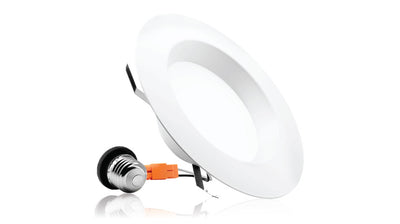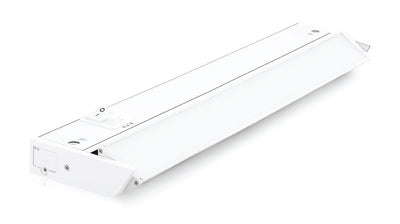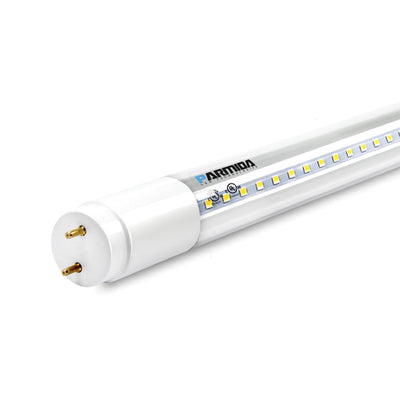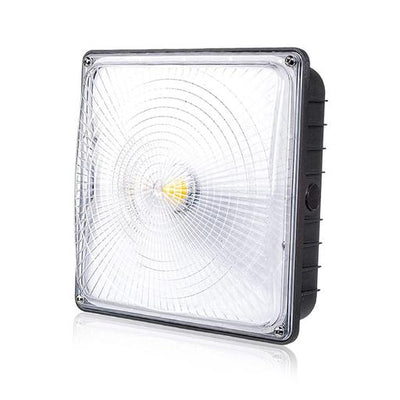
Shunted vs. Non-Shunted Tombstones (Sockets)
Installing LED T8 Tubes is usually a straightforward task once you’ve completed all of your prep work. For instance, before installing, you will need to decide whether you will bypass the ballast or use the plug-and-play method, and whether or not your ballast is compatible, but you might also come across the question of whether you will need a shunted or non-shunted socket to install your lamp. Installing your lamp to the wrong sockets can cause your light to malfunction, and may also create an electrical short and other hazards. .
What is a Tombstone?

Whether shunted or non-shunted, the tombstone is the socket that provides a pathway from the ballast in the light fixture to the pins on either side of the T8 Tube lamp.
Shunted vs. Non-Shunted Socket

Your LEDs are built to last for several years so placing them in spaces where they can thrive is beneficial. That said, the technology and craftmanship of LEDs are designed to withstand fluctuation in temperature, unlike traditional fluorescent lights. In cold temperatures, they do not require time to warm up which can risk shattering, and in hot temperatures they usually do not experience any drop in function or quality. Parmida LEDs are built to maintain their high performance and light output in several climates and can withstand a wide range of temperature fluctuations.
Which Socket do I Need for the Installation?
Unlike older fluorescent tubes, many LED T8 Tubes can work with either shunted or non-shunted sockets. However, you should always check the details and specifications before purchasing, to ensure you have the correct requirements for a secure and proper installation. For any lighting installation, it’s best to hire a licensed electrician to help you complete your installation and to ensure a correct and safe install.
If you are retrofitting, be sure to check the specification sheet, ideally before purchasing, and familiarize yourself with the requirements of the light you are purchasing. You can use a voltage meter to identify which socket you have in your fixtures, as they can sometimes differ in appearance. This will test whether there is continuity present between the contacts. If the voltage meter indicates continuity, it means that there is an internal connection. In this case, you have a shunted socket.
Since a non-shunted socket has two independent tracks for the current, continuity will not be present. Be sure to check the manual on your voltage meter to know which indicator or sound to look for when identifying the socket, as each voltage meter might be a little bit different. After completing this, your tube installation can begin. Luckily, Parmida LED T8 Tubes are not only offered in several different installation types to suit your needs, but they are also designed to work with either shunted or non-shunted sockets, making for a hassle-free installation process. To learn more about the tube installation process, check out our guide here.















Leave a comment